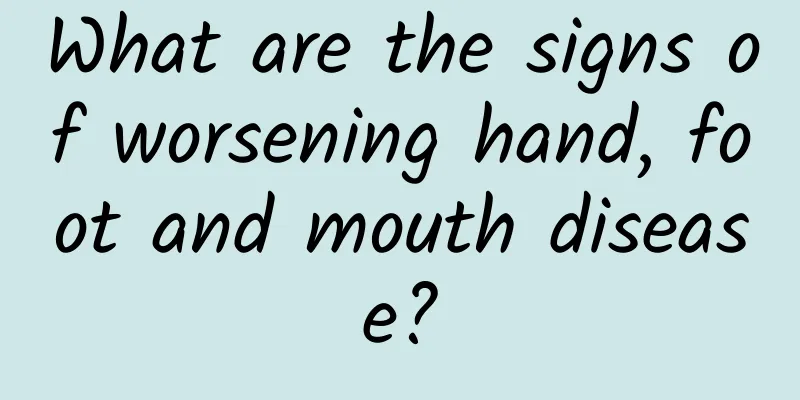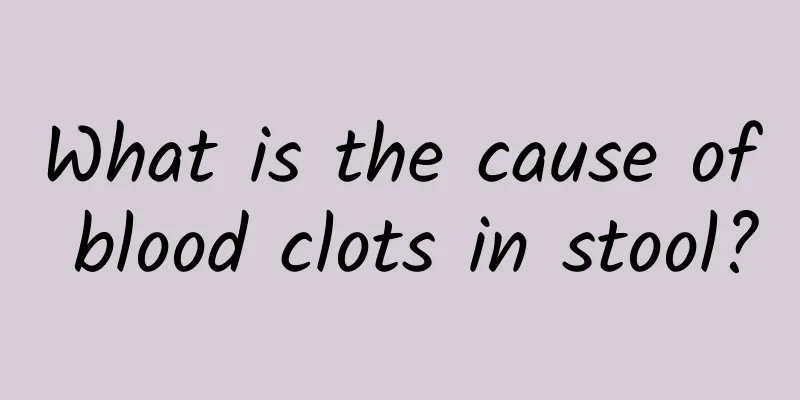What is lip nerve twitching?

|
The nerves of the human body are a magical part. In recent years, the neurology and neurosurgery departments of our country's hospitals have made great progress. In recent years, there are more and more diseases of the nervous system, such as neurasthenia. The incidence of nervous system diseases is high, the causes are multiple, the symptoms are complex, and treatment is difficult. Therefore, any neurological disease requires prompt treatment. So what is the disease of lip nerve twitching? The clinical name of mouth corner twitching is hemifacial muscle twitching , hemifacial spasm, essential hemifacial spasm. It is neither a precursor to cerebral thrombosis nor facial neurosis. Disease description: Hemifacial tics are clinically manifested as paroxysmal irregular involuntary twitching or spasms of the muscles on one side of the face. It usually occurs on one side and may also be secondary to facial nerve paralysis. The cause of primary hemifacial twitch is unknown, but it may be caused by pathological stimulation somewhere on the facial nerve conduction pathway. A few cases are sequelae of facial nerve paralysis. symptom: 1. It often occurs after middle age and is more common in women. 2. In the early stage, it starts with the orbicularis oculi muscle on one side and gradually spreads to other facial muscles on the same side. 3. The twitching is most obvious in the muscles of the angle of mouth. 4. It often occurs on one side and gets worse when you are nervous or tired. 5. A few patients may also experience facial pain, headache, and tinnitus. 6. A few people may experience changes in taste. 7. In the late stage, some patients may suffer from facial paralysis. 8. No positive neurological signs. Inspection method: General examination can diagnose. Treatment: 1. Mainly focus on antispasmodics, anticonvulsants, and analgesia, with drug treatment as the main focus. 2. New acupuncture therapy. 3.Physical therapy: ultrashort wave, infrared. 4. Local blockade and anhydrous alcohol injection. 5. Radiofrequency temperature-controlled thermocoagulation. 6. Microwave therapy. 7. Hyperbaric oxygen therapy. Prognosis: 1. Cure: After treatment, there are no subjective symptoms and objective signs, no recurrence within 1 year, and the pain disappears if there is pain. 2. Improvement: The symptoms of facial muscle twitching are alleviated and the intervals are prolonged. Treatment Drug treatment Except for drugs such as phenytoin sodium or carbamazepine, which may be effective for some mild patients, general central nervous system depressants, inhibitors and hormones have no significant therapeutic effect. Chinese Medicine Acupuncture It is best not to use acupuncture for hemifacial spasm, because the disease itself is afraid of stimulation, and sometimes acupuncture may aggravate the condition. Some people may see immediate effects, but the relapse may be more severe in the future. In addition, taking anti-sedative and anti-epileptic drugs such as carbamazepine or phenytoin sodium can only control the disease, and long-term use has great side effects and is highly dependent. You can take some B1 or B12 but the effect will be minimal. Botulinum toxin injection It can control facial spasms to a certain extent. Generally, one injection can control it for up to one year. Long-term injection will produce drug resistance, and because botulinum toxin type A can paralyze the facial nerves and cause artificial facial paralysis, the facial spasm will be controlled after the injection. However, patients who receive long-term injections will more or less experience symptoms of facial paralysis. Surgery 1) Facial nerve trunk compression and branch transection Under local anesthesia, make an incision below the stylomastoid foramen, find the main nerve trunk, and use a vascular clamp to squeeze the nerve trunk. The squeezing force should be properly controlled. In mild cases, the disease will relapse in a short period of time, and in severe cases, permanent facial paralysis will remain. If the distal branch is found, the main responsible nerve branch for spasm can be found under electrical stimulation and selectively cut off. Although the effect is better than compression surgery, mild facial paralysis will still occur after the operation and relapse will occur after 1 to 2 years. It is rarely used now. 2) Facial nerve decompression This method involves grinding open the bone canal where the facial nerve exits the skull to reduce pressure, a technique first used by Proud in 1953. Under local anesthesia, the mastoid process was chiseled open, the horizontal and vertical bone canals of the facial nerve were completely removed with an electric drill, and the nerve sheath was cut longitudinally to decompress the nerve fibers. In 1972, Pulec believed that the scope of simple mastoid decompression was too small, and the top of the internal auditory canal and the labyrinthine segment should be opened to relieve the pressure at the same time. During surgery, pathological changes in the nerves were found, such as nerve edema, diffuse hypertrophy, and fibrous contraction of the nerve sheath, which were inconsistent with the cause of the disease. However, some patients were indeed cured after surgery. In 1965, Cawthorne reported 13 operations and found no abnormalities. Decompression surgery is relatively complicated, especially full-segment decompression surgery, which is not only difficult but also has certain risks. It is also worth discussing whether the so-called therapeutic effect is due to the trauma caused during the operation rather than the effect of decompression. 3) Vertical segmental facial nerve combing Scoville (1965) adopted a method in which the vertical segment of the facial nerve bone canal was ground open, and then the vertical segment was cut longitudinally 1 cm with a fiber knife and separated by a silicone film. The purpose was to cut off the crossed nerve fibers to reduce abnormal impulse conduction. The disadvantage is that it is difficult to accurately achieve the degree of neither obvious facial paralysis nor spasm. 4) Microvascular decompression In 1967, Professor Jennatta of the United States pioneered microvascular decompression surgery to treat hemifacial spasm. It is currently the most commonly used method for radical treatment of HFS in neurosurgery internationally. The specific method is: under general anesthesia, a straight incision is made inside the hairline behind the ear. During the operation, the anatomical relationship between the facial acoustic nerve and the surrounding blood vessels in the cerebellopontine angle area is observed under a microscope, and the vascular loops that compress the facial nerve are carefully identified. After confirming the responsible blood vessels (i.e. the blood vessels that compress the facial nerve and cause clinical symptoms), the adhesions of the arachnoid trabeculae to the nerves and blood vessels are loosened here. After confirming that the blood vessels and the roots of the facial nerve are fully free, a Teflon gasket of appropriate size is inserted. If a clear responsible vessel is found during the operation, the blood vessels that may compress the nerves will be treated and decompression will be performed. |
>>: What is the gynecological disease of the mouth spots?
Recommend
What should women do if they always want to have sex?
Sexual desire is actually a very normal physiolog...
How to remove black spots on the body
The most common reason for black spots on the bod...
What to do if there are white fat particles on the nipples
There are white fat particles on the nipple. Gene...
What to do if your lips are blistered and swollen? 7 tips to restore your healthy red lips
Sometimes, due to eating spicy food or staying up...
What are the benefits of bloodletting and cupping
Many Chinese medicine clinics now offer cupping, ...
The efficacy and function of red ginseng powder
There are many ways to eat red ginseng, and diffe...
How to register for sleep disorders
Sleep disorders are too common in life, but peopl...
How long does it usually take to treat facial paralysis? How is it generally treated?
Many friends don’t quite understand facial paraly...
Lumbar pain in early pregnancy
In the early stages of pregnancy, women will expe...
What is a normal heart rate?
There are many issues in life that need attention...
What causes yellow and foamy urine? What is the cause?
Urinating is a very common thing, but for men, ma...
How to improve poor psychological quality
Poor psychological quality is a common psychologi...
What are the symptoms of uterine infection?
Uterine infection is a common gynecological disea...
What are the methods of moxibustion for treating colds?
Influenza is a relatively common disease, especia...
Should I use the outside or inside of a banana peel to rub chilblains?
In winter, the weather outside is very cold. Some...









